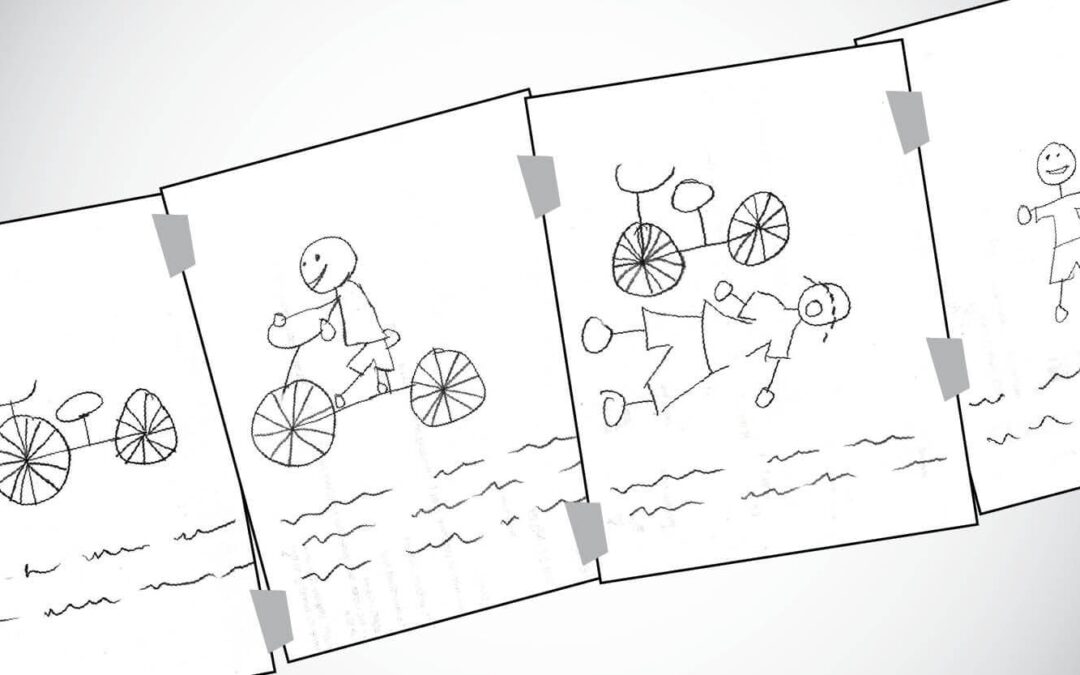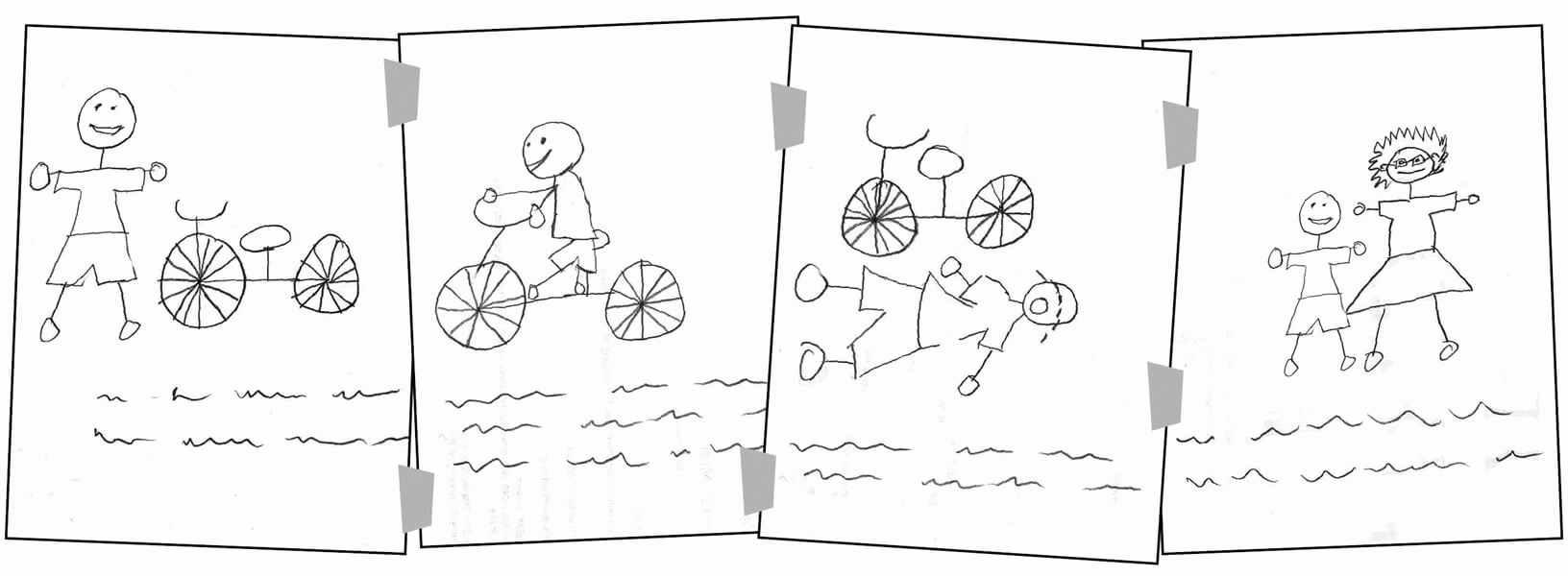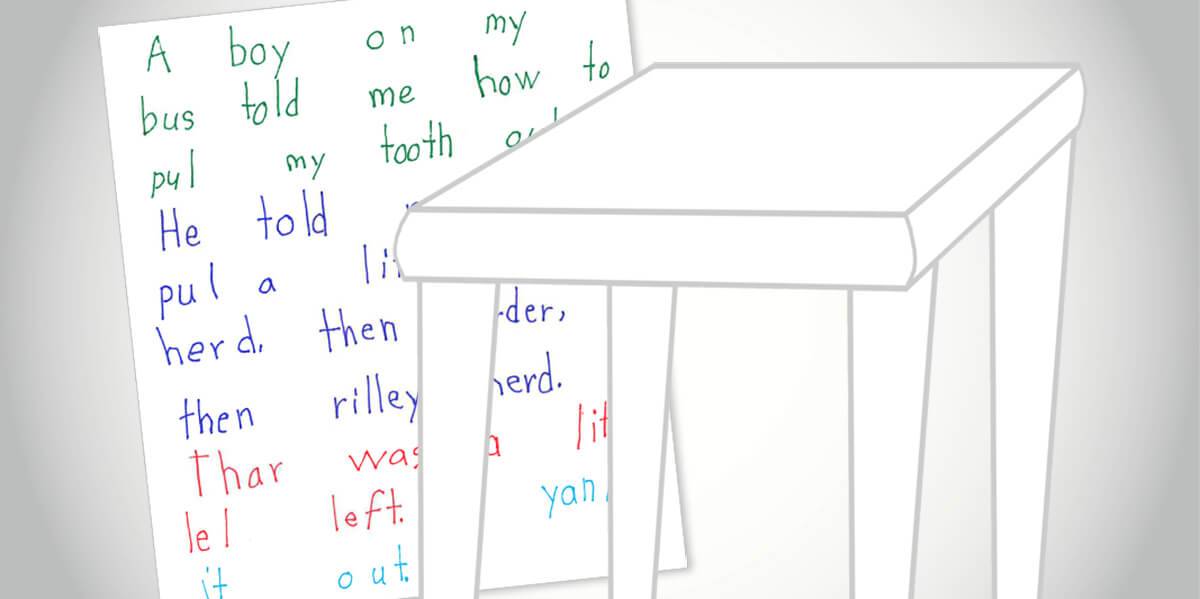Learning Center
writing
Stretch ideas in the primary grades
may 14, 2008
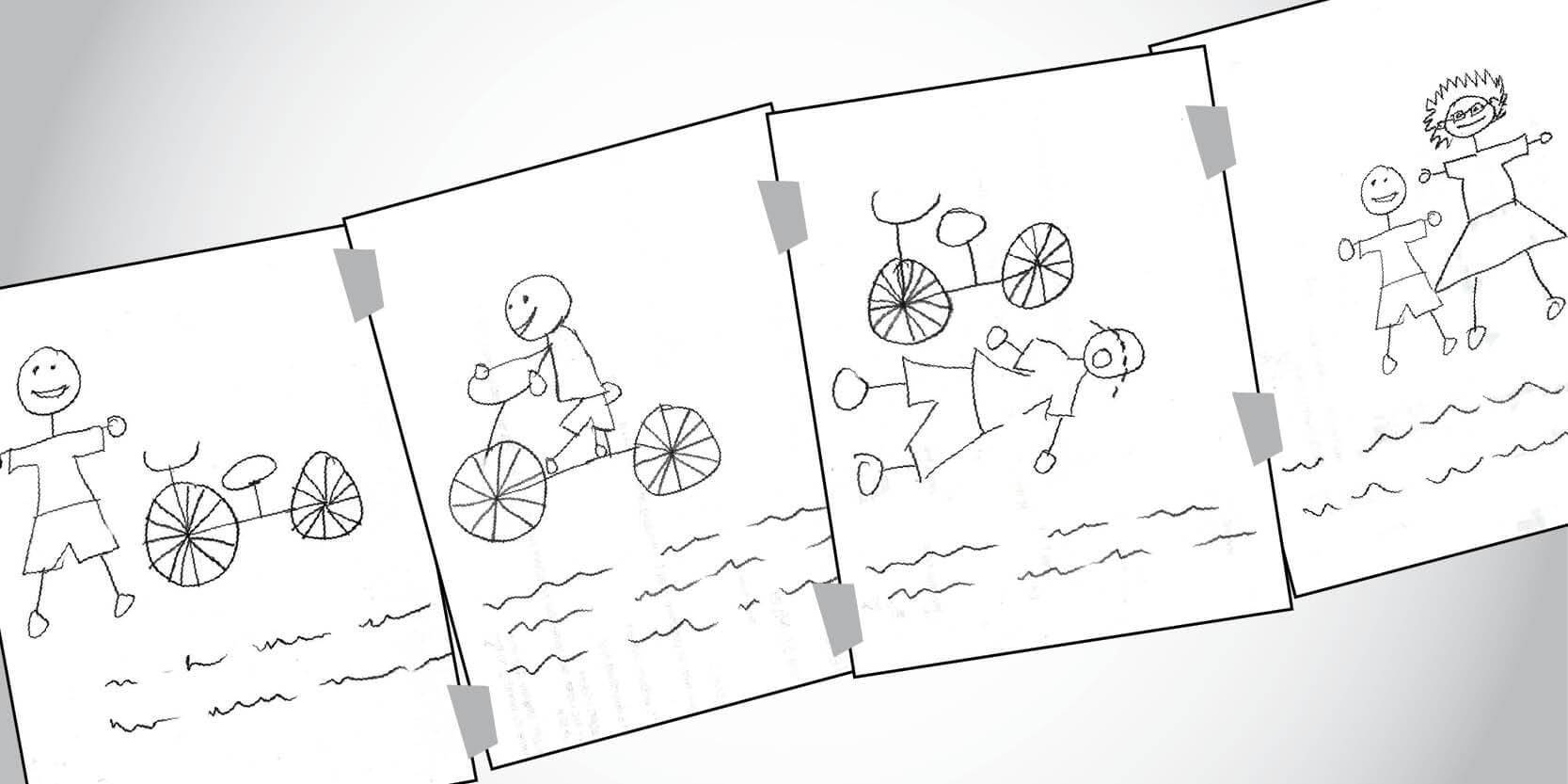
Are you a primary teacher struggling to stretch the ideas and details provided by your young writers? If so, here are three ideas that can help:
Idea #1: Start by asking “Why?”
You’ll love this idea from Dana Schaal, a kindergarten teacher from Swayzee Elementary. In an email she wrote:
I was having a hard time getting my kids to put details in their writing, so I thought about teaching them to ask the question “Why?”
Using a student volunteer, I asked her what she did on our recent snow day. She told me, and then I said “Why?” So she told me a reason, and I said “Why?” After the kids got the idea of what I was doing, they found this funny. I did this with a few more students counting how many more details they gave me just using the word “Why?”
Then I showed them a story that I had written — “I love dogs.” They immediately responded with “Why?” I said, “I’m glad you asked,” and flipped over the chart to reveal a longer story with more details. After we read that, we wrote a short story together doing the same thing.
After the mini-lesson, they went back to their seats and started writing by themselves, asking the question “Why?” Then I partnered them to ask “Why” to one another and add more details. They had a lot of fun, and I got better stories than I had before. Some students added as many as four details! It was so exciting.
Idea #2: Add pages to their “writing”
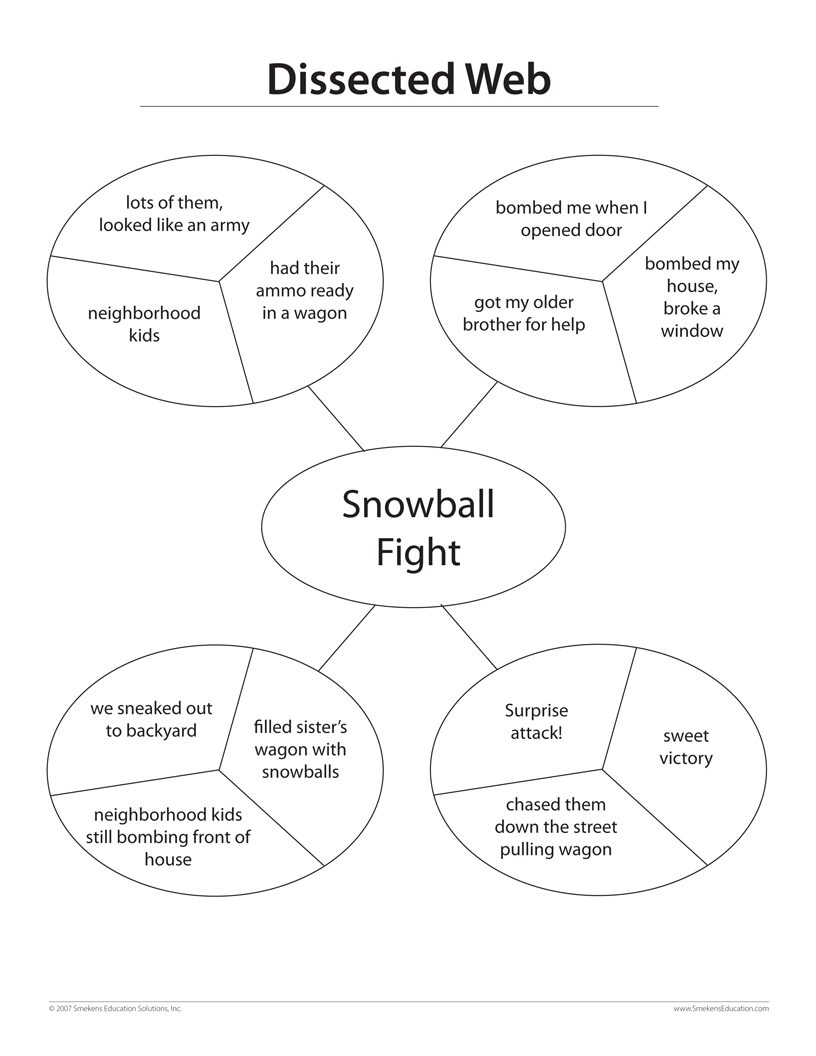 When young writers draw more than they write, the writing might only include a single sentence. Asking them to write additional sentences about that single drawing may seem impossible to some children. Try this—tape a piece of paper to the left and right of the original drawing. Ask the student what happened right before and right after the original moment or idea. With these additional illustrations often come additional sentences.
When young writers draw more than they write, the writing might only include a single sentence. Asking them to write additional sentences about that single drawing may seem impossible to some children. Try this—tape a piece of paper to the left and right of the original drawing. Ask the student what happened right before and right after the original moment or idea. With these additional illustrations often come additional sentences.
Idea #3: Dissected webs
If you are working with writers who are used to the web approach for brainstorming, you might find their writing getting a little listy. When they branch the different subtopics repeatedly, they can create a huge list of undeveloped ideas.
To encourage more developed subtopics, try the idea of dissecting the web ovals, allowing for only 2-3 details each. For some students this keeps it from getting too listy. Download a sample Dissected Web.

